What Exactly Is Ikura?
Ikura is the roe (eggs) harvested from the ovaries of salmon. Larger than tobiko (flying fish roe) or masago (capelin roe), each glossy bead ranges from dark orange to vibrant reddish-orange. It yields a gentle pop and a clean, oceanic savoriness.
In Japan, ikura often symbolizes abundance and celebration, making it a favorite during festive seasons and family gatherings.
From Ocean to Table: How Ikura Is Prepared
Fresh salmon roe is typically cured in a balanced brine using salt, soy sauce (shōyu), and sometimes a touch of mirin (sweet rice wine). The aim is sushi quality roe—bright, clean, and umami-forward so the cure enhances rather than masks the roe’s natural character.
Culinary Uses of Ikura
- Ikuradon (いくら丼): A donburi of warm rice crowned with generous salmon roe, often with shiso or nori.
- Chirashi (ちらし): “Scattered” sushi where ikura joins sashimi, vegetables, and egg over seasoned rice.
- Sushi: Commonly served gunkan-maki style, with crisp nori holding a mound of roe.
At home, a spoonful over steamed rice or alongside tamago (Japanese omelet) creates a pleasing sweet-savory contrast.

Finding Ikura Beyond Japan
Many asian food markets now carry salmon roe fresh in season or frozen year-round. Look for labels indicating “sushi quality” to ensure careful handling for raw enjoyment.
Presentation matters: serving ikura in an authentic Japanese donburi bowl elevates the moment. The textures and glazes of handcrafted tableware frame those luminous pearls beautifully an easy way to bring Japanese aesthetics into your own kitchen.
Cultural Appreciation: Ikura as More Than Food
Ikura reflects core values of Japanese cuisine respect for ingredients, attention to detail, and visual harmony rooted in shun (旬), enjoying foods at their seasonal best. Thoughtful plating and mindful eating connect taste with tradition.

Conclusion: A Taste of the Ocean’s Treasure
Ikura is more than a topping; it’s a celebration of the sea, craft, and care. The gentle pop, the reddish-orange glow, and the clean umami invite us to slow down and savor. Consider pairing ikura with authentic Japanese handcrafted bowls or small plates to enrich the experience and bring a touch of Japanese artistry to your table.


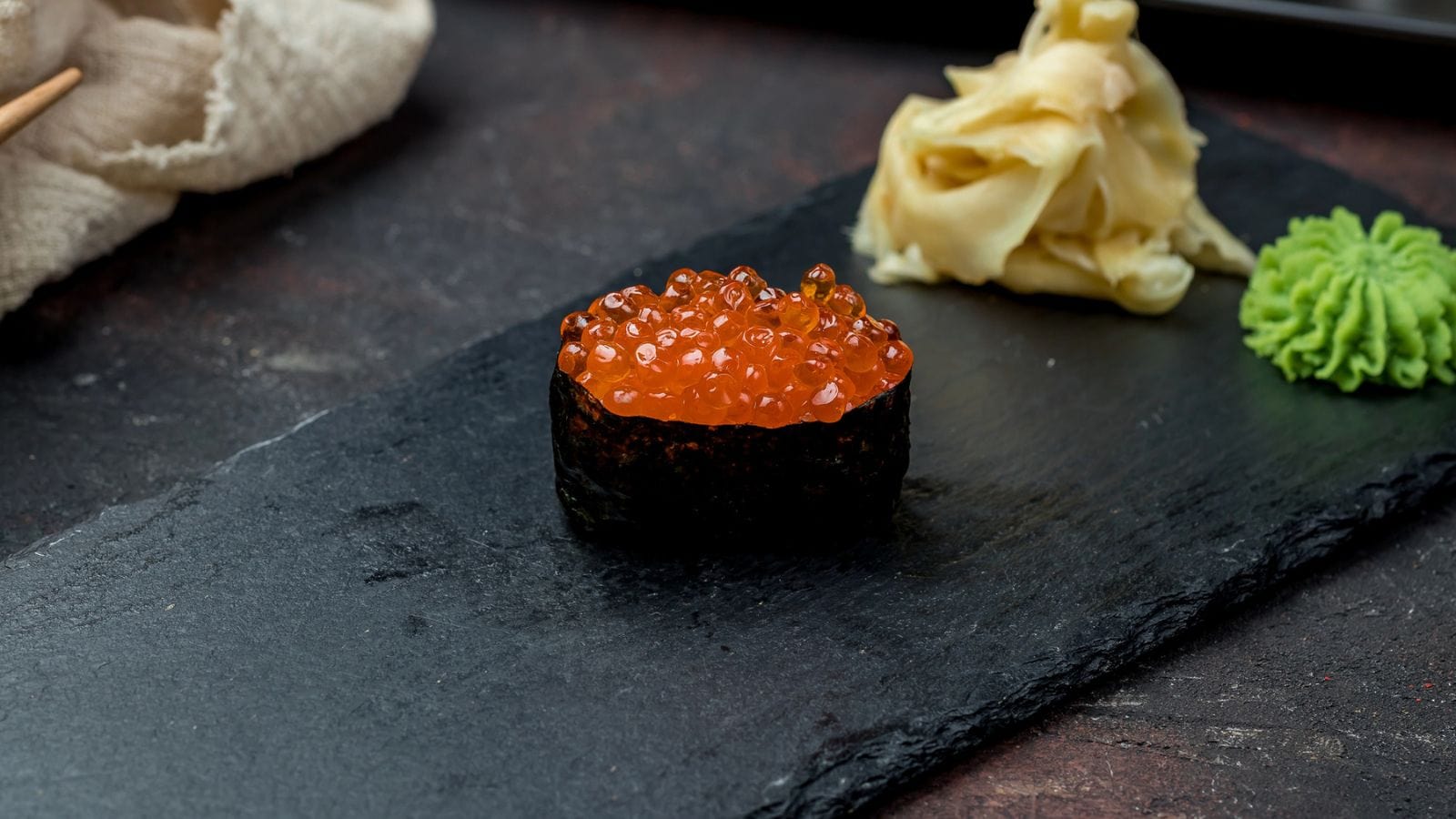

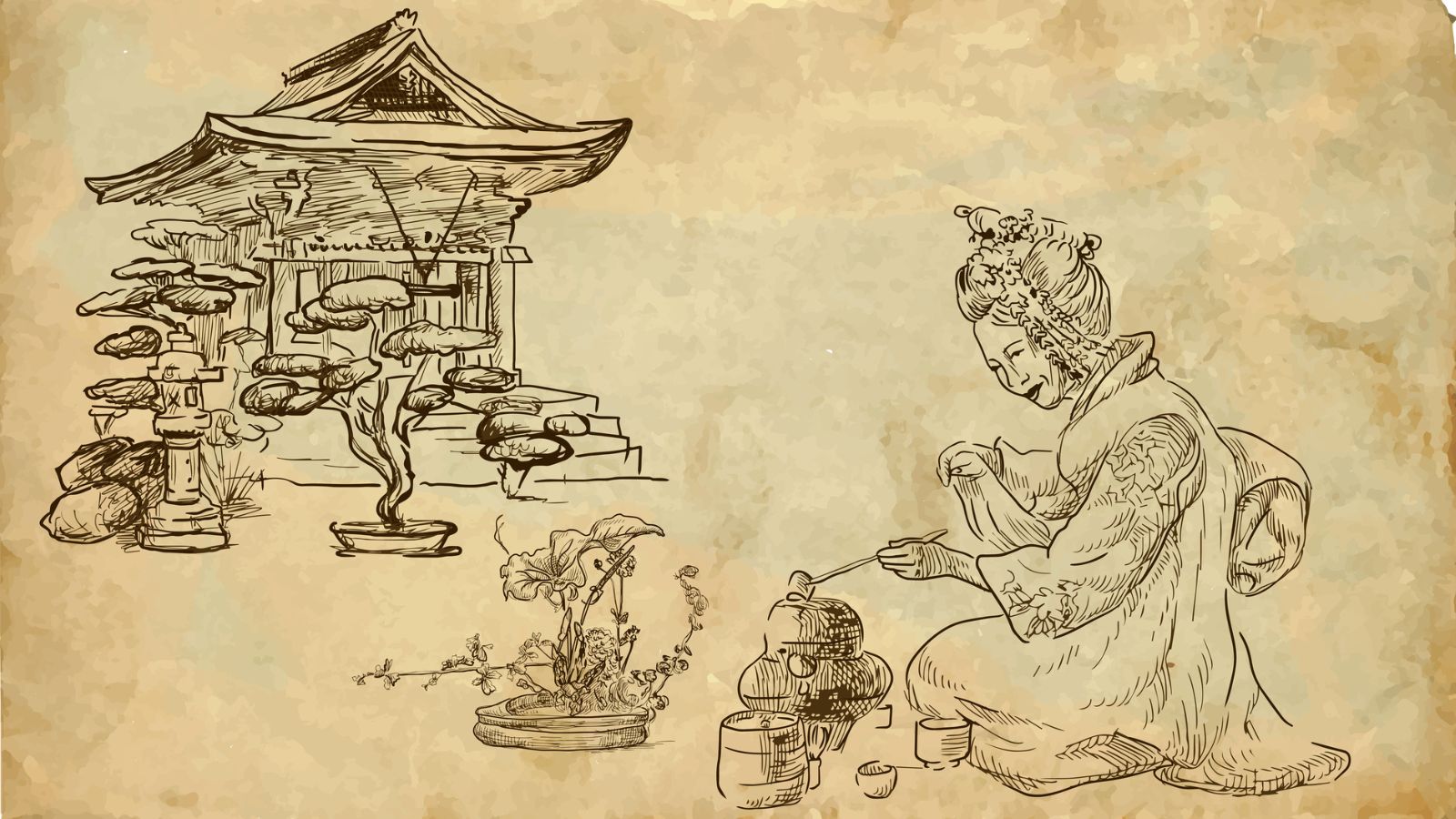
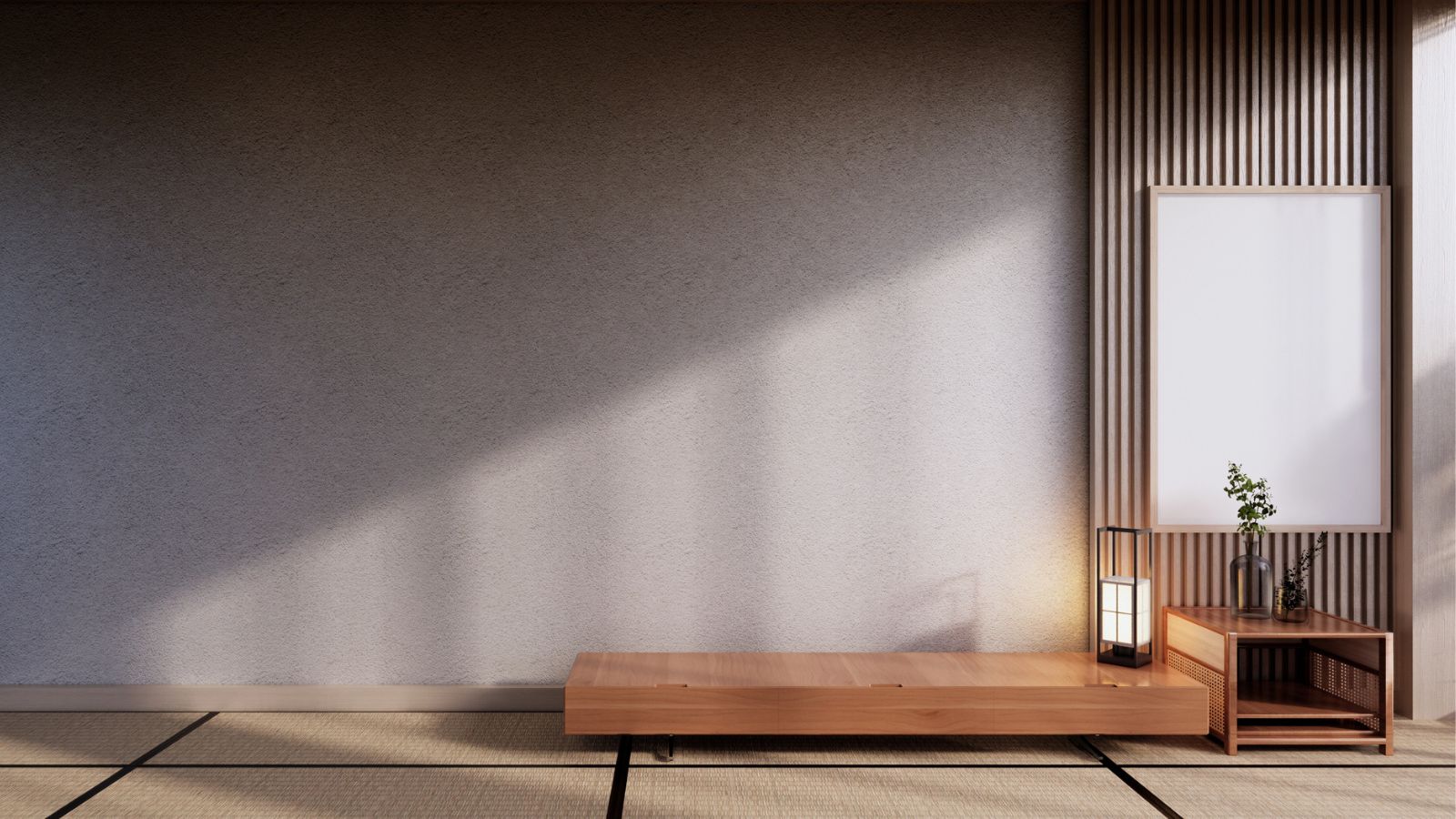

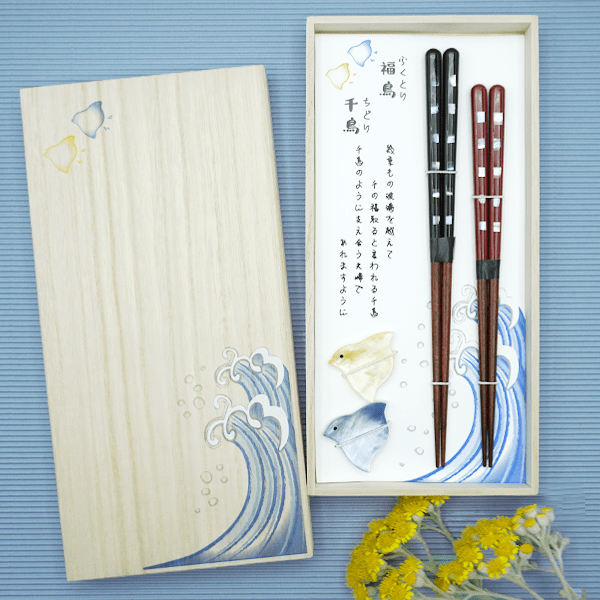
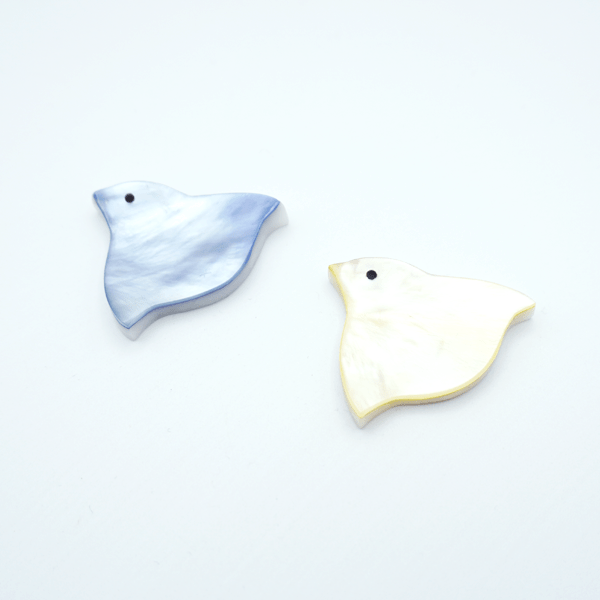
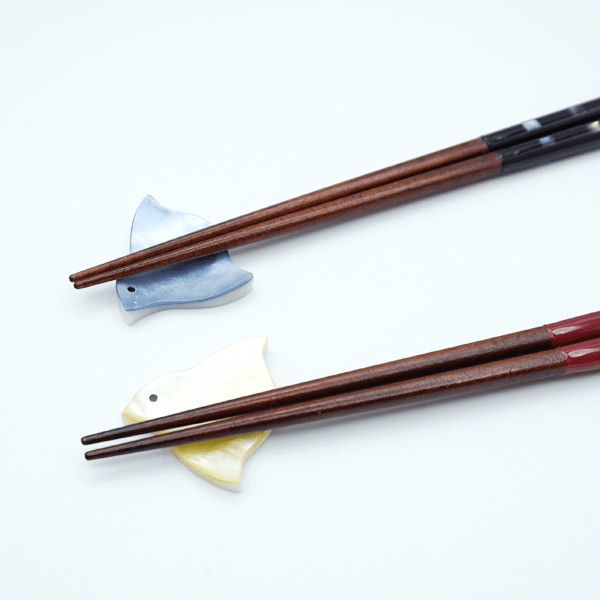
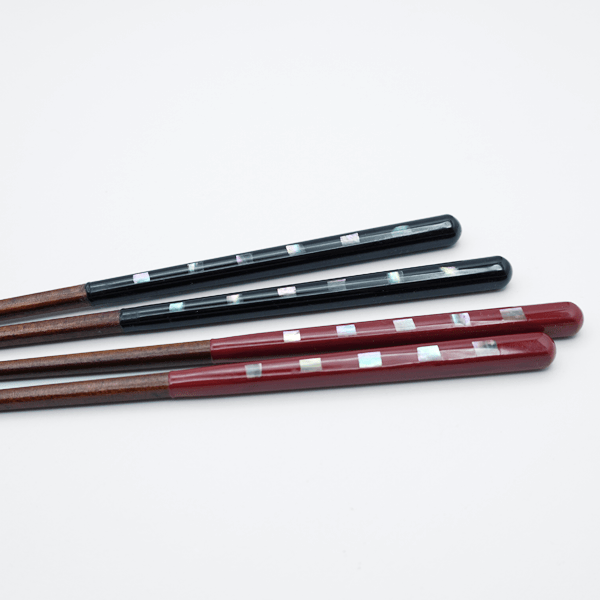
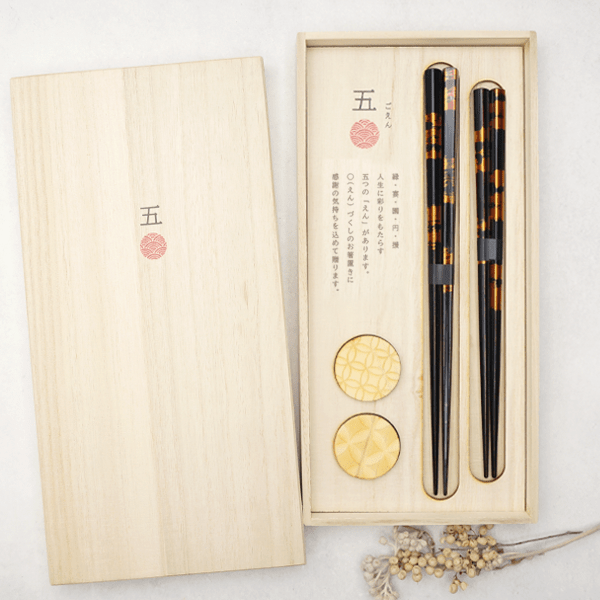
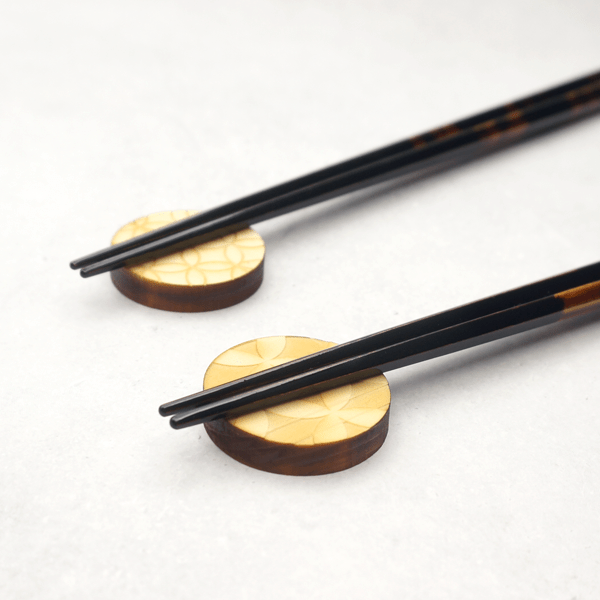
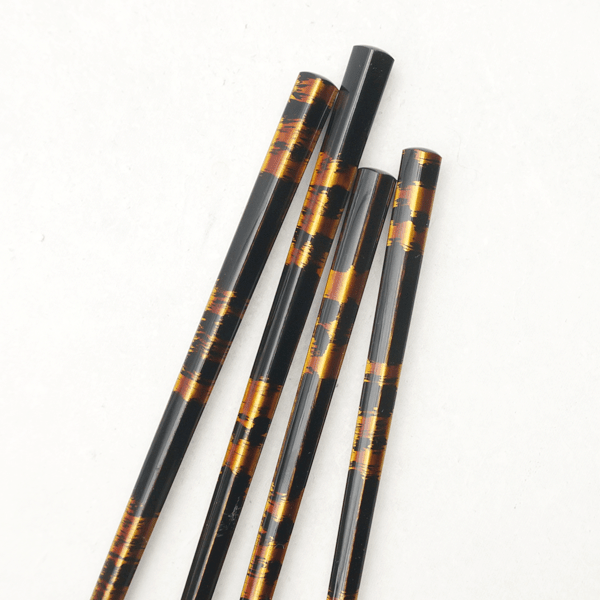
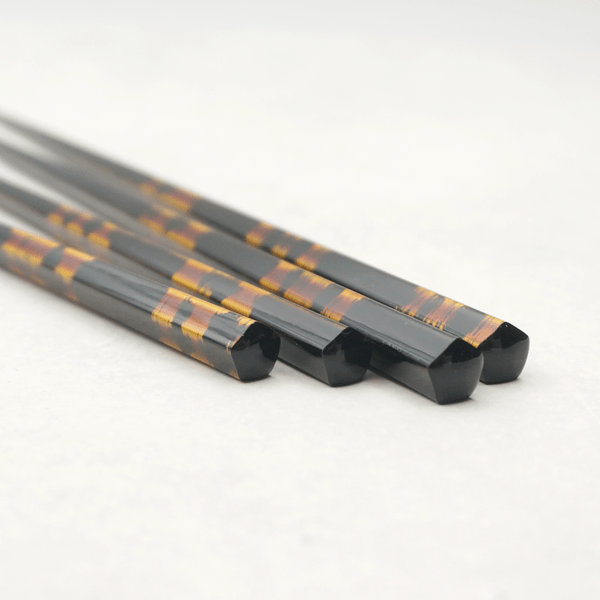
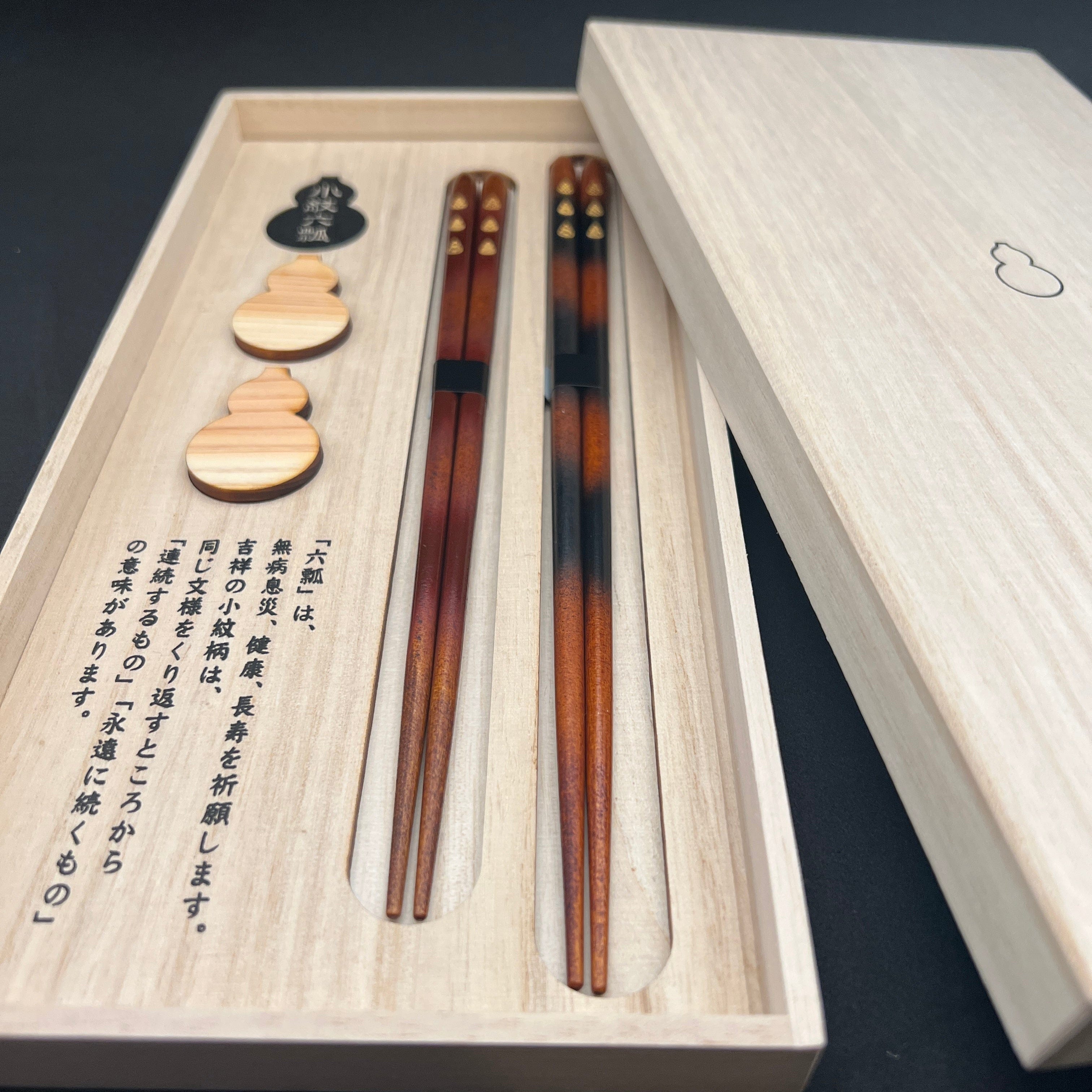

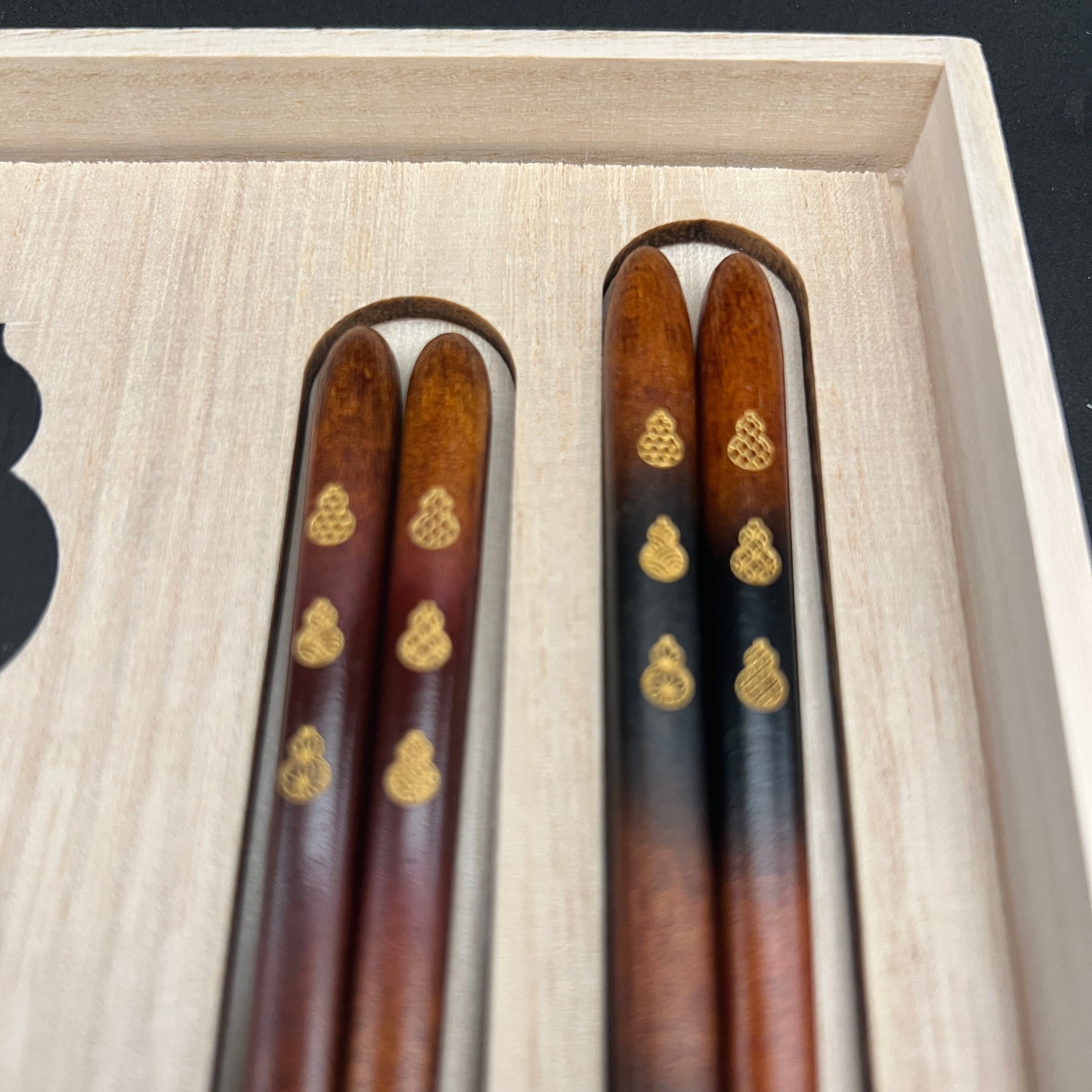
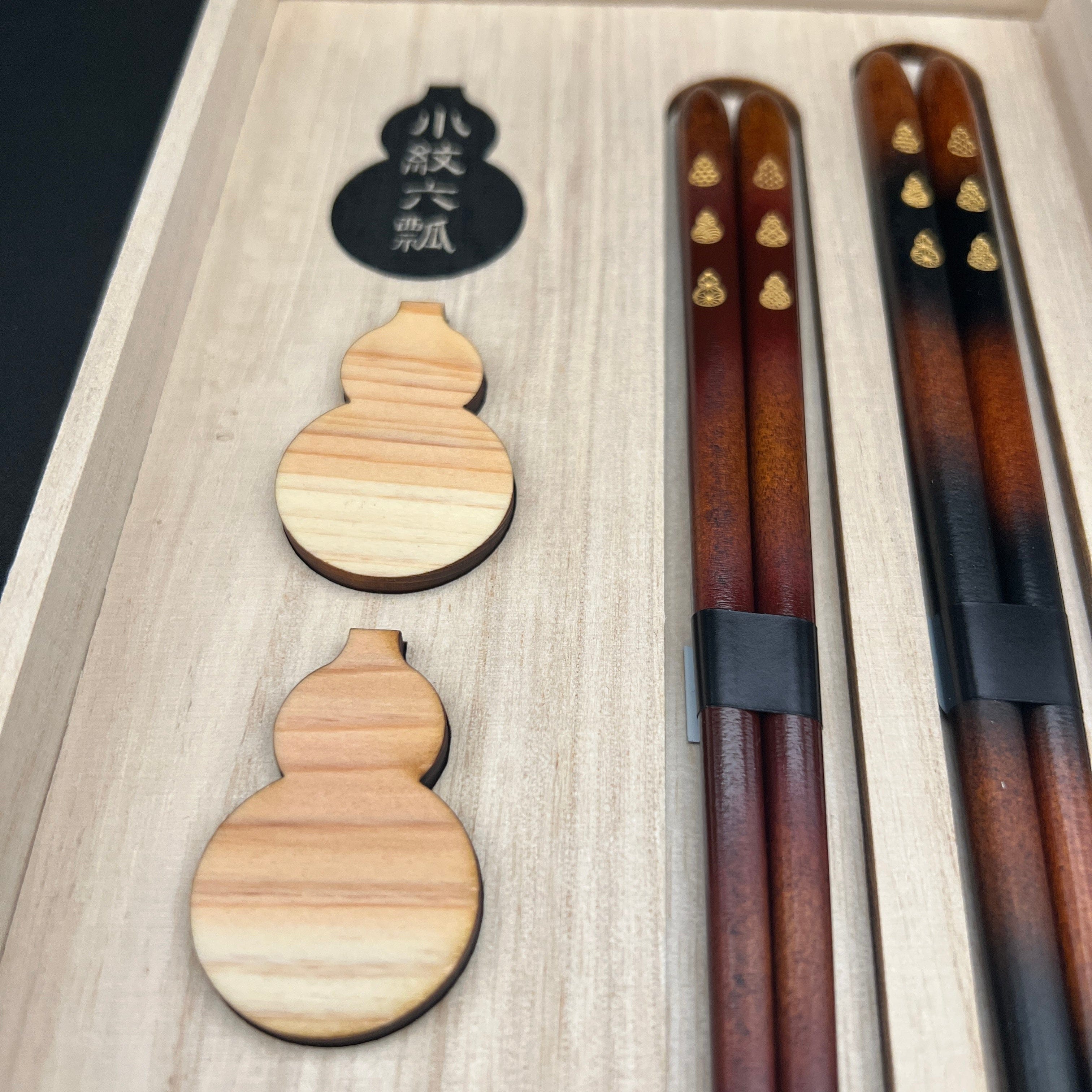
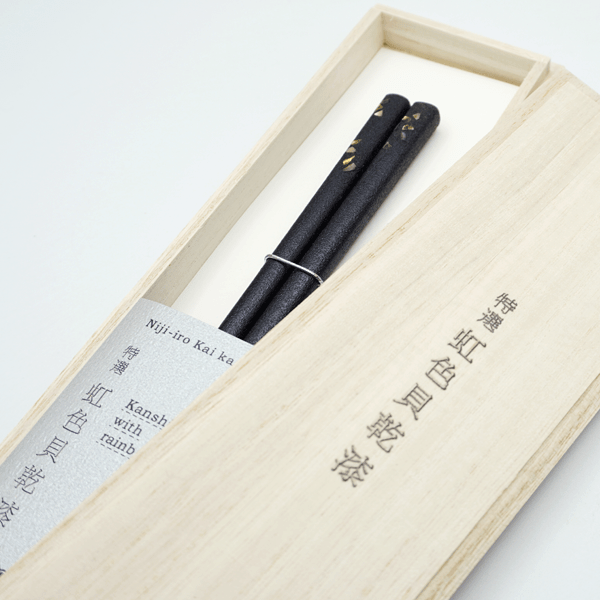
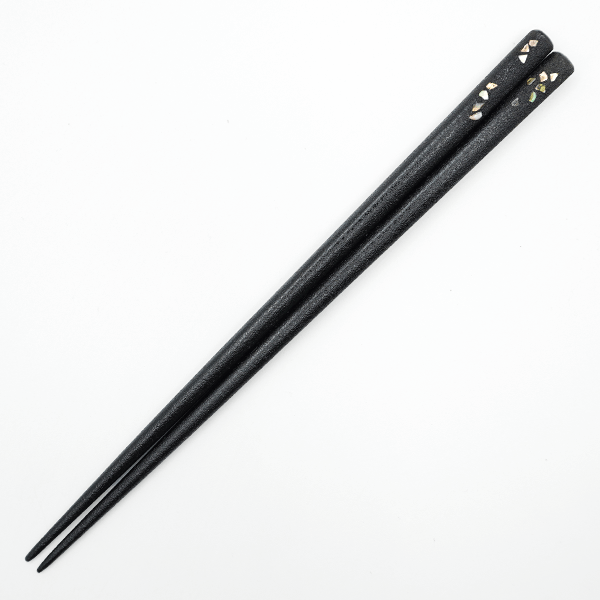
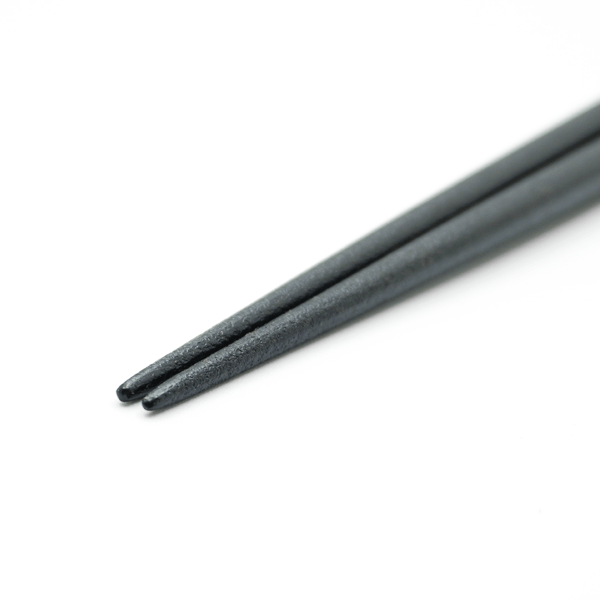
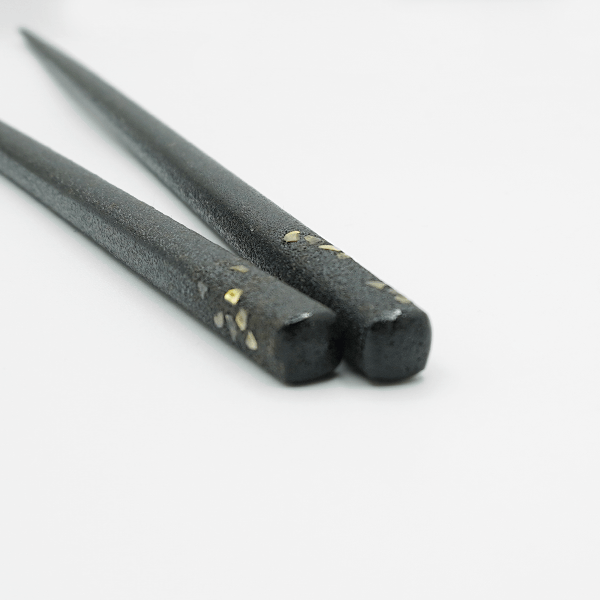
Share: